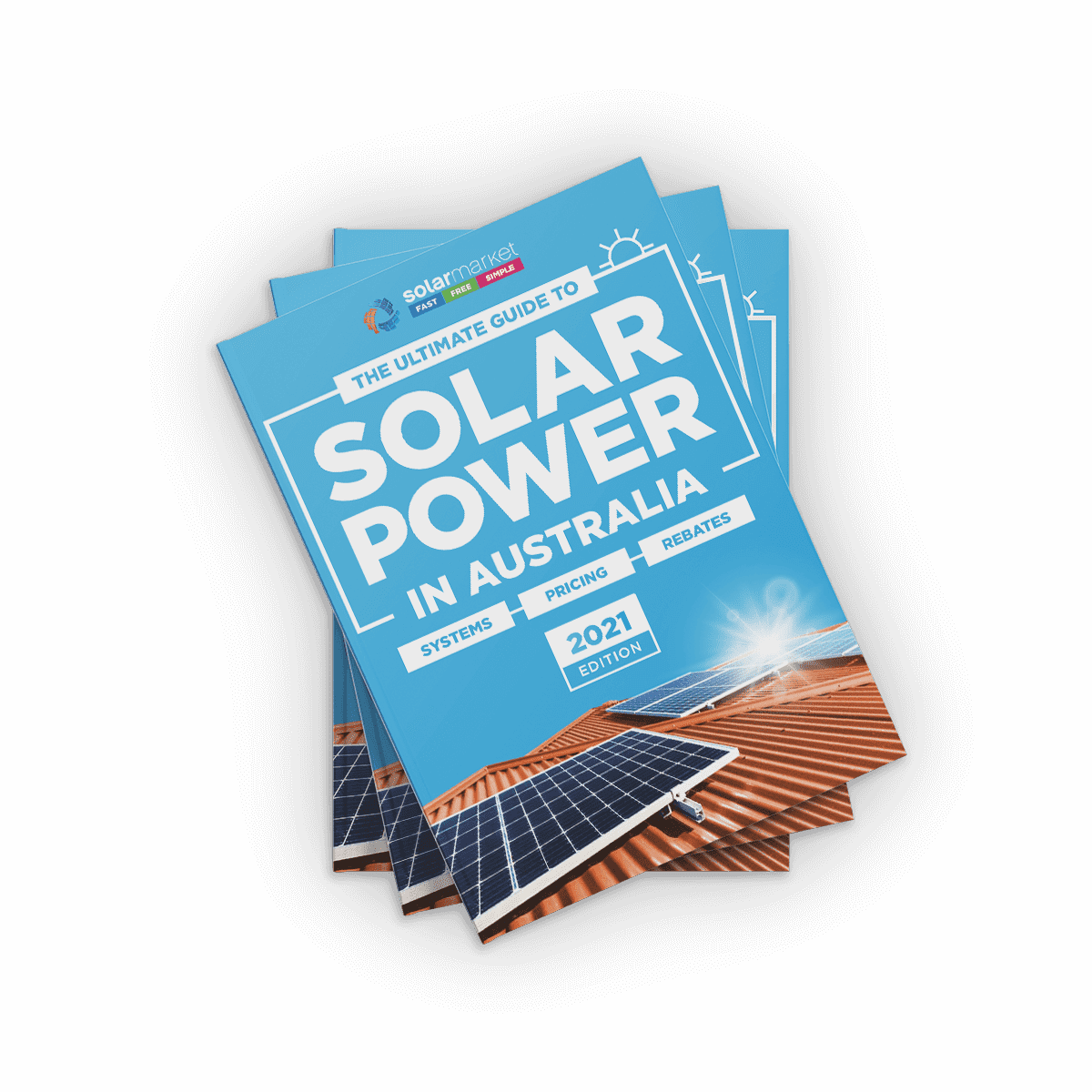
The Confusion Between Making Money & Saving Money with Solar And The Hidden Savings Not Shown On Your Electricity Bill
Making money and saving money is the most common misunderstanding when it comes to whether “Solar Is Worth It†or “If You Will Be Financially Better Off With Solarâ€Â. In the past 10 years the solar industry has changed with the advancement in technology, system prices dropping, as well as Government rebates and financial assistance being available to assist with the up-front costs of purchasing and installing solar.
These changes have not only made installing solar for the average Australian home, more accessible but have altered the general public’s reasoning for installing solar from “Making Money to Saving Moneyâ€Â.
Making Money With Solar
Back in 2010 when installing a solar system was not as common or accessible as it is today, the price of a system and installation was approximately 80% more than today’s costs. Due to this extortionate pricing the only way to incentivise Australians to install a solar system at their property was to lower the return on investment period by providing a high return in solar credits (also known as Feed-in Tariff returns) for any of the unused energy a solar system generated. This unused energy when fed into the grid was and is re-sold through energy retailers.

At the time of high credit returns households were receiving Feed-in Tariff rates as high as 40-60c for every kWh of solar electricity exported, which would then appear as credit on the household’s electricity bill.
These high rates put less pressure on households trying to maximise on the energy generated during the day, as the return for unused energy was so high, meaning you could make money in credit, even if your electricity bills and reliance on the grid were not reducing.
Today’s Feed-in Tariff rates have lowered significantly and range from as little as 0-23c, however even with these lowered rates installing a solar system has become more of a beneficial investment than ever, due to the amount of money to be saved through reducing your electricity bills.
Saving Money with Solar
As mentioned prior solar system prices have plummeted by around 80% since the days of high feed-in tariff rates, meaning you can purchase and install a much larger system, which will generate a more substantial amount of energy, for a much lower and affordable upfront cost.
Furthermore, the Federal Government rebate is available across Australia and can provide rebates up to $4,176* for a residential sized solar system (additional rebates and financial assistance is available in some states).
So now that we’ve established that installing a solar system is an affordable purchase lets discuss how it is an investment for your future savings.

In basic terms by having a solar system installed at your property you are able to generate your own electricity, therefore reducing the amount of electricity you purchase from the grid, resulting in lowered electricity bills. By making use of this energy during the day, instead of allowing it to be exported to the grid for a low feed-in tariff return, you can see up to an 80% reduction on electricity bills and possible savings of over $1500 per year.
Depending on the size system installed and your energy habits, these savings could see you having a return on investment in as little as 3-5 years, meaning further savings go straight into your pocket…or holiday fund!
See our case study page to hear about Australians who have reaped the benefits of reduced bills.
Hidden Savings Not Shown On Your Electricity Bill
It’s important to note that while your electricity bill will display the feed-in tariff return, it does not display the amount of money you’ve saved by using your solar system.
Surprisingly enough energy retailers don’t want to tell you how much money you’re saving by using them less. In most cases you should be able to compare your pre-installation and post installation bills to estimate your savings, however you can also track your energy generated with a smart meter or some solar providers will be able to provide you with a smartphone app to assist with daily tracking and usage.









